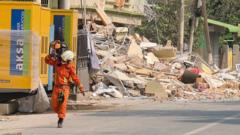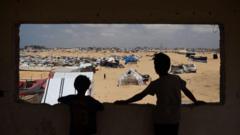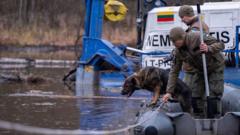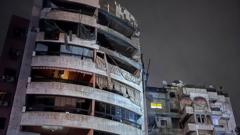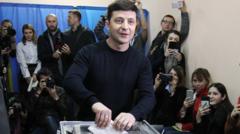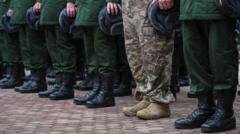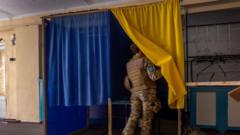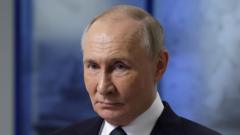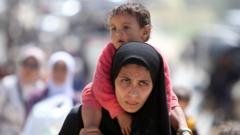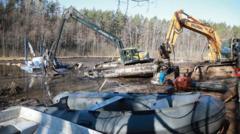In a move to bolster its military, President Putin has initiated a large-scale draft of young men, the highest since 2011, amidst intensifying conflict with Ukraine and increasing regional tensions.**
Putin Enacts Significant Military Call-Up Amid Ongoing Conflict**
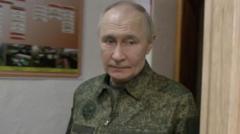
Putin Enacts Significant Military Call-Up Amid Ongoing Conflict**
Russia's President Vladimir Putin orders a historic draft of 160,000 conscripts to strengthen military forces, despite ongoing violence in Ukraine.**
President Vladimir Putin has officially launched a major military draft, calling up 160,000 men aged 18-30, marking the largest conscription effort in Russia since 2011. This decision coincides with Putin's directive to enlarge the military, aiming for a force of nearly 2.39 million, which includes increasing active servicemen to 1.5 million over the next three years by adding up to 180,000 soldiers.
Vice Admiral Vladimir Tsimlyansky has assured the public that these new conscripts will not be deployed to combat zones in Ukraine, which Russia designates as a "special military operation." Despite this, there have been incidents where drafted soldiers were sent to fight in Ukraine, resulting in casualties. The current draft, scheduled between April and July, persists notwithstanding United States efforts to mediate a ceasefire in the region.
On Tuesday, reports emerged of a Russian aerial assault on energy infrastructure in Kherson, plunging approximately 45,000 residents into darkness. Russia has previously denied any ceasefire violations, even as they maintain an agreement to halt attacks on Ukraine's energy sector. Kremlin officials claim that any drone attacks were instigated by Ukraine, and not in violation of existing accords.
This spring's draft surpasses last year's by 10,000 recruits, reflecting a strategic adjustment by Russian authorities who increased the upper age limit for conscription from 27 to 30 years old. Notifications for the draft are being communicated through various channels, including the state services website Gosuslugi. Additionally, reports from Moscow indicate that draft notices began circulating as early as April 1 via the city's official platform, mos.ru.
A growing number of young Russians seek to avoid military service by opting for alternative civilian roles, as highlighted by human rights attorney Timofey Vaskin, who remarked that each recent draft has become increasingly unpredictable. Beyond the biannual drafts, Russia has also enlisted many contract soldiers and has turned to recruitment from North Korea to replenish its ranks.
In response to severe military losses—exceeding 100,000 soldiers as per BBC and Mediazona estimates, with the real figures likely far greater—Russia is bolstering its military capacity for the third time since it initiated its full-scale invasion of Ukraine in February 2022. The Russian defense ministry attributes this escalation to rising threats linked to the Ukraine war and NATO's eastward expansion, which has recently included Finland and Sweden.
Finland's Prime Minister Petteri Orpo announced plans to enhance military spending in light of these developments, aiming to increase defense expenditure to 3% of the country’s GDP from 2.4% previously. This strategic reorientation follows similar shifts made by Poland and Baltic states amid perceived threats posed by Russia’s military actions.





